Julie Maravitch, a board member of the Moorestown Historical Society, remembers getting a phone call last year from a homeowner planning to demolish a 19th-century mansion in her town and asked if her organization wanted the historical artifacts found within.
“I just happened to be at the Historical Society that day,” said Maravitch, president of Save Historic Moorestown.
What she and her colleagues found, which included Civil War documents, changed everything – they realized that the home needed to be saved. This sparked the revival of a local preservation movement that eventually saved the home at 334 Chester Avenue and helped establish Moorestown’s first Historic Preservation Commission.
The township also designated a portion of its downtown as a local historic district. Now, for the first time, the local government has the legal power to ward off demolitions.
Despite the founding of the State Register in the 1970s, many communities in New Jersey still go without these types of commissions. Without them, residents continue to see the destruction of some of the most important landmarks in their midst.
East Orange residents are still in a state of shock after the demolition of Brick Church in 2023. Those living in the Wildwoods continue to witness Doo-Wop motels being torn down.
In Moorestown, locals have long known the importance of their history. The small Quaker town near Philadelphia is steeped in Revolutionary War history. In the 1970s, Nan Pillsbury, the late trustee of the Moorestown Historical Society authored the nominations that landed places like the Thomas French Jr. House, where British soldiers billeted during the Revolutionary War, on the National Register.
However, a listing on the National Register doesn’t prevent developers from demolishing properties. For that, the township needed to establish a local commission, but the support for this has waxed and waned.
Two decades ago, the Moorestown Town Council tried establishing a local historic preservation ordinance in 2006, but it faced legal challenges from a local lawyer Dennis Talty that would eventually unravel the work that preservationists had fought for.
“People were just tired,” said Dorothy Guzzo, who was named chair of Moorestown’s new HPC. “When you don’t have support at the top, you feel like you’re rowing up stream.”
The fortunes of the local preservation movement seem to finally be turning with the establishment of the HPC. Steve Chepurny, a landscape architect, will serve as the commission’s vice chair.
“Lucky for us, Dorothy Guzzo lives in town – she knew some great people to reach out to,” Maravitch said. “This time around, we have it buttoned up.”
Guzzo, who some may know as the former executive director of the New Jersey Historic Trust, corralled some of the top talent in her field – such as architect Steven Smolyn, a Preservation New Jersey board member – to help with the effort. It certainly didn’t hurt to have town officials, such as Deputy Mayor Sue Mammarella, in their corner.
One clever way Moorestown preservationists convinced homeowners to jump on board was the use of tax abatements. Homeowners who consented to being included in the historic district could enjoy a tax break, Guzzo said.
The timing couldn’t have been better with the commission formed just in time to stave off the demolition of two more landmarks. In 2024, Weichert Development Company revealed plans to tear down two Victorian homes at 204 and 210 Main Street and build a three-story apartment building in its place. While the home at 334 Chester Avenue may have gotten the ball rolling, it was the so-called Weichert homes that rallied residents to pass an ordinance forming the HPC.
“It really came to a head with the understanding that the two Weichert buildings could be demolished,” Guzzo said. “They weren’t protected in any way.”
These weren’t just any homes. The stately Queen Anne at 204 Main Street, built in 1894, was home to Martha Rudolph Shimp, a descendent of township’s namesake, Thomas Moore. The other home, 210 Main Street, was built in the 1850s for Allen Dudley Roberts, one of the first European settlers. It was later home to Dr. Edward Zehler, who led a platoon of Navajo Code Talkers in World War II, according to Stephanie Herz, librarian for the Moorestown Historical Society.
These homes were named among Preservation New Jersey’s Most Endangered Places this year because despite the new legal protections, Maravitch fears that Weichert may use underhanded tactics – such as simply refusing to sell the home – to eventually build the apartment building on the properties. While the HPC may prevent demolition in the short term, it cannot prevent it in perpetuity.
“Countless generations, including Zehler, have inherited, cherished, preserved and served as the caretakers of this majestic property,” Herz said. “That is until now.”
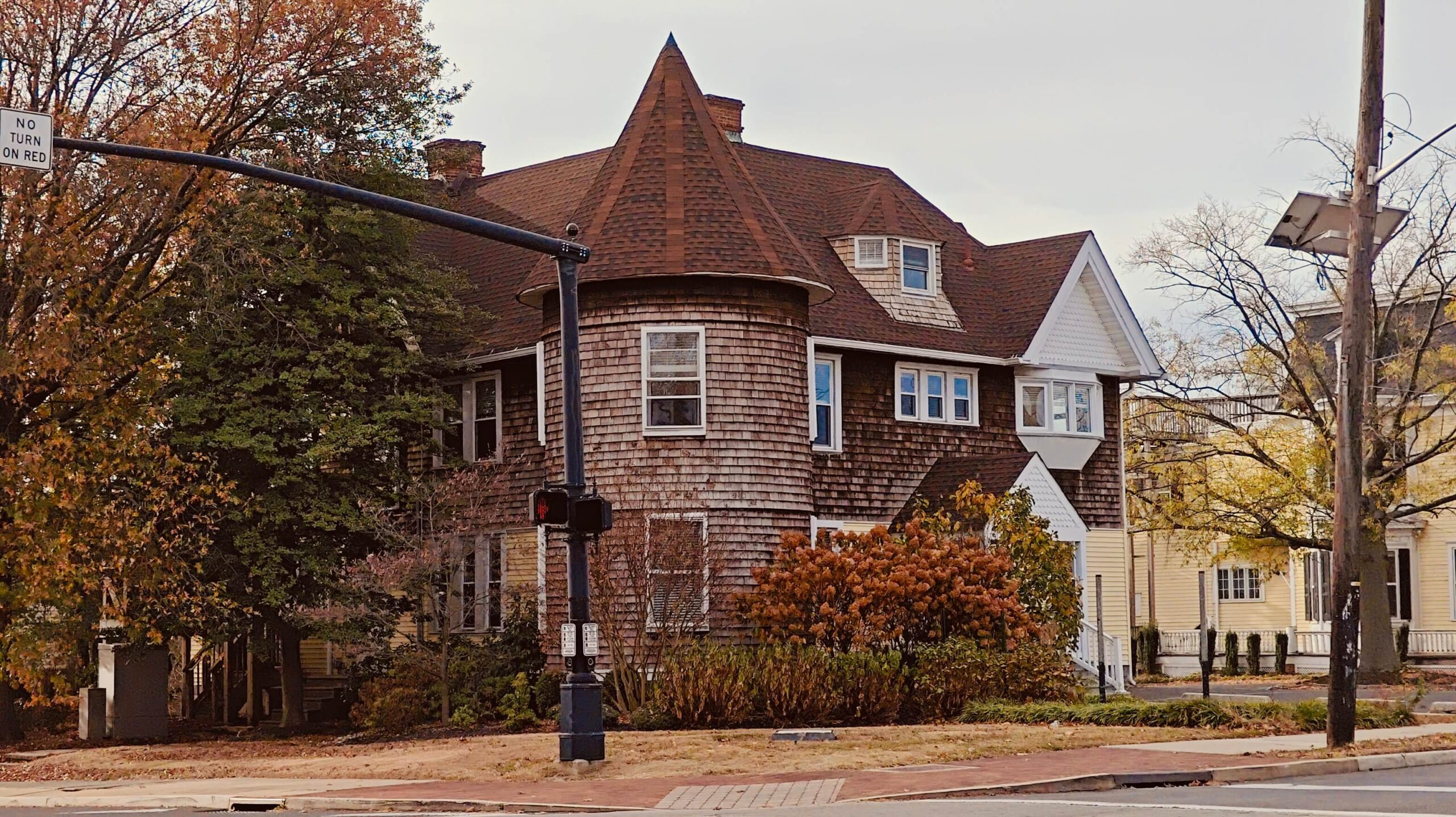
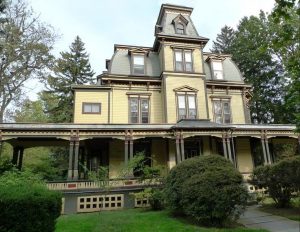
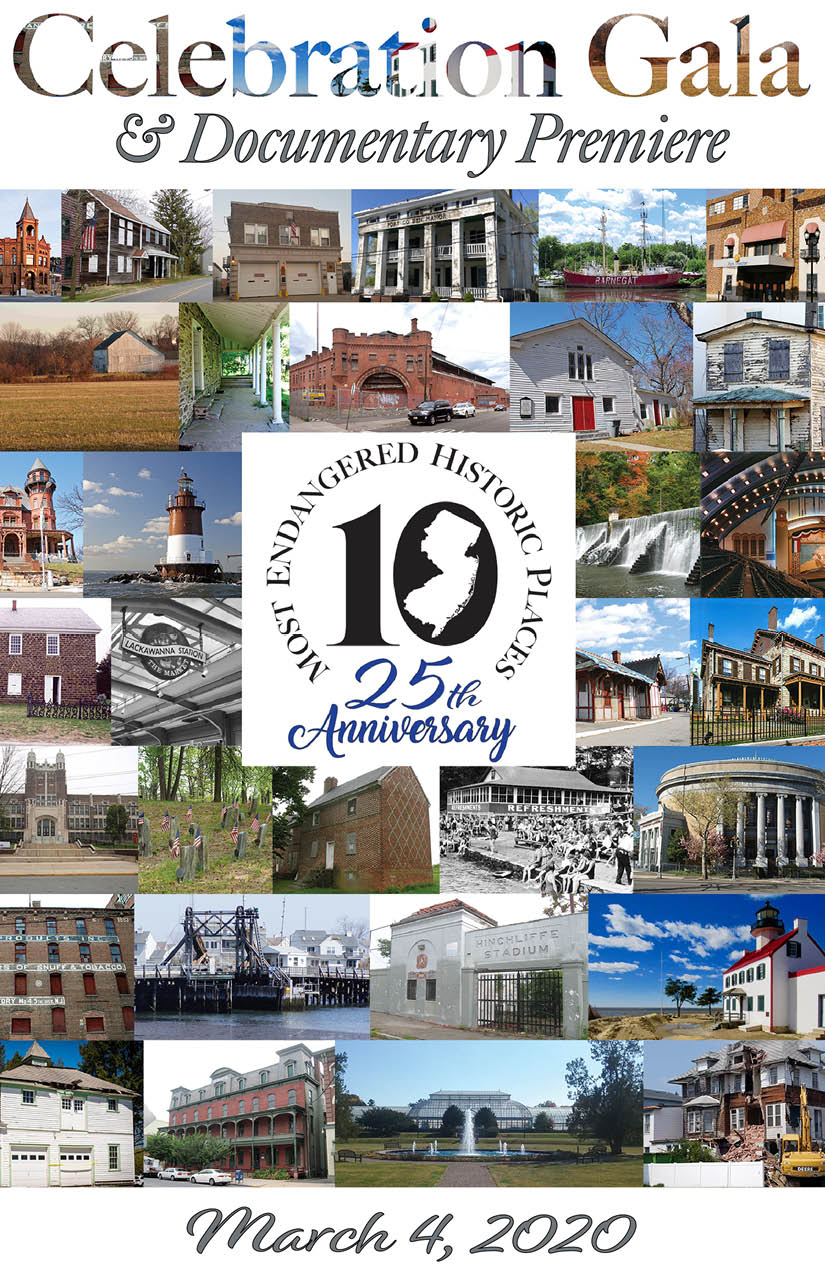


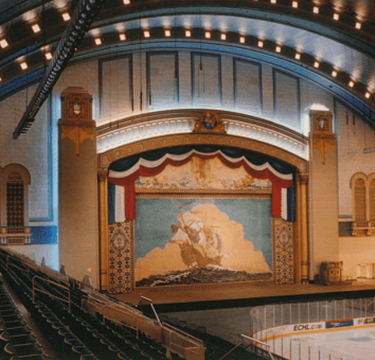
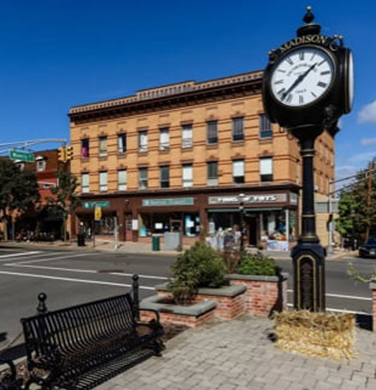

David Rogers
| 24 August 2025Often local townsfolk, some in government positions bring their negative opinions about Historic Preservation based on highly restrictive ordinances in other towns or states. Some restrictions from long ago that have more recently been removed are remembered by nay-sayers who are not up to date.